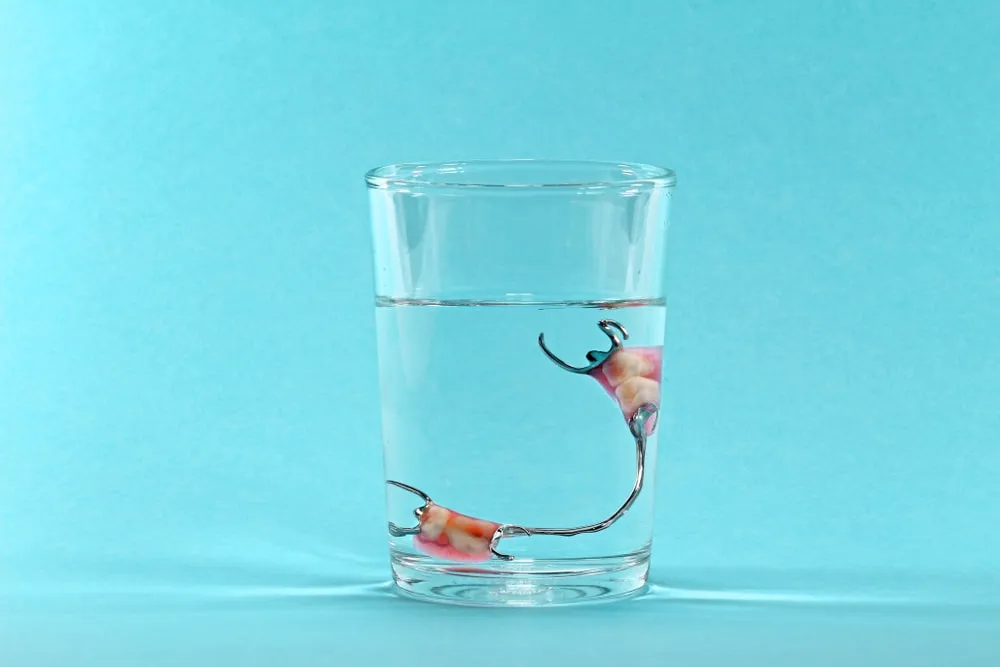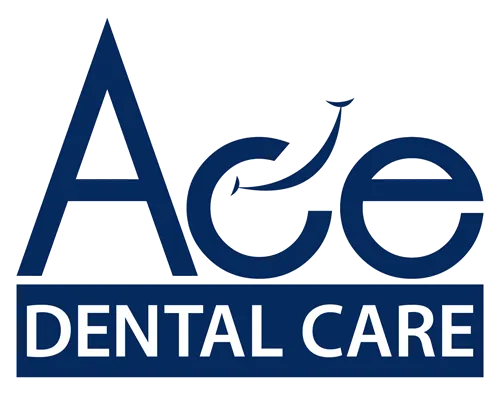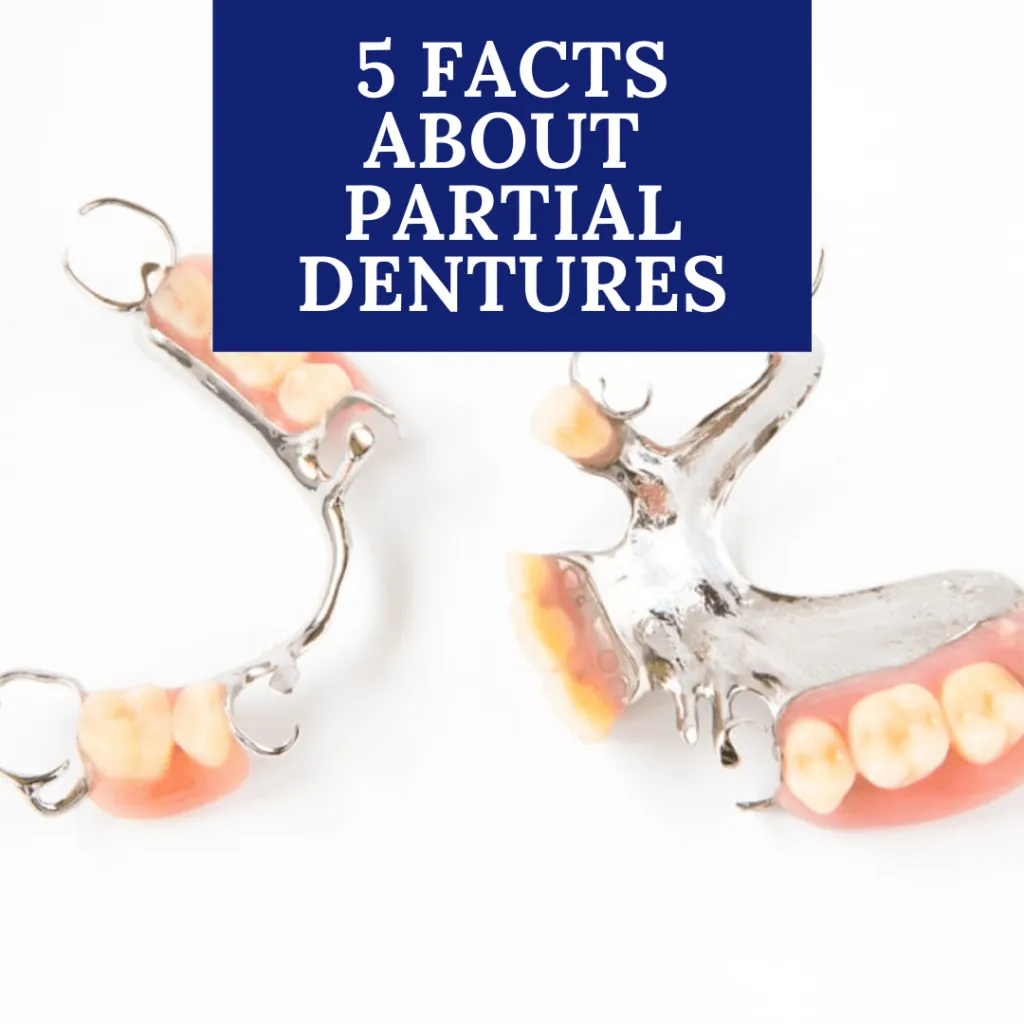According to a study published July 2004 in the East African Medical Journal, the average number of missing teeth among Kenyans ranges from 1-3. The study also notes that the main cause of missing teeth were extractions due to dental decay or periodontal disease. Unfortunately, once teeth are severely decayed or affected by severe periodontal disease, the best course of treatment is generally extraction.
However, just because an extraction is required to remove the affected tooth, this doesn’t mean that the patient has to live the rest of their lives with a gap or gaps in their mouth. Although the natural tooth will never be able to be replaced, there are several dental prosthesis that can be placed in the gap to restore both function and appearance. One such dental prosthesis is known as a partial denture. To introduce you to partial dentures, here are five facts:


Partials Can Replace Single or Multiple Missing Teeth
Partial dentures can be customized to restore both a single missing tooth, as well as multiple missing teeth. Most people, however, opt for partial dentures when they have multiple missing teeth. To safely place a partial denture, either side of the gap left by a missing tooth or teeth must be composed of an entirely intact tooth or dental restoration.

Maintain Proper Tooth Position
When teeth are lost, the surrounding teeth may shift to fill the space left behind. The opposing teeth may also grow longer to fill the gap as well. Naturally, both of these occurrences can cause problems with biting and chewing, as well as with the overall alignment of the jaw. By using a partial denture to fill the spaces left by missing teeth, these two occurrences are prevented. In this way, partial dentures maintain the proper tooth position, which is important for regular function.

Have Two Different Attachments
Partial dentures can be attached to the surrounding teeth in one of two ways. The first way is to use a metal framework with metal clasps that wrap around the teeth. The second way is more discreet and is known as precision attachments. Precision attachments use an internal attachment and may require the placement of dental crowns on the surrounding teeth. Both connection methods are effective, however one is simply more aesthetic than the other.


Must Remain Moist
In order to maintain their shape, partial dentures must remain moist at all times. When in your mouth, this is not a problem. However when the denture is removed, it must be stored in a glass of denture solution or water. It is also important to avoid excessively hot temperatures, because these can also result in a warped shape.

It Can Take Time to Adjust to a Partial
While partial dentures can restore eating and speaking functions, there is often an adjustment period after their placement. At first, this adjustment period may complicate eating and speaking. This is because your mouth needs to adjust to the new partial. To make things easier, it is recommended to eat soft foods into small pieces. It is also recommended to read out loud and repeat difficult words to improve your speech.
These five facts about partial dentures speak to the different ways that partial dentures can help dental patients missing teeth. Partial dentures can replace missing teeth using two different attachments that preserves the natural tooth position. However, they also must remain moise to be effective and can have a period of adjustment. If you have multiple missing teeth, ask your local general dentist about partial dentures today!

Dr. Sachdeva Pushpa is a Nairobi dentist who is constantly upgrading her skills by attending hands-on courses internationally. This allows her to provide her patients with the latest dental techniques and technology. In addition to restorative dental treatments, she works to improve the surrounding soft tissues through lip augmentation, reduction of peri-oral lines, narrowing of square jaws, Fillers and Facial Thread lifting. She also uses Botox to reduce the occurrence of Bruxism and to reduce “gummy smiles”.




